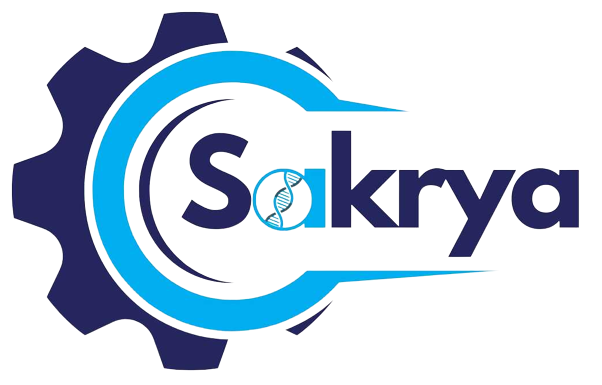-: Basic of Calibration & Verification :-
Calibration and Verification are critical concepts in this Science Age and plays a vital role in the Measurement Process. The world is on its path of Automation, the vision is to minimize the Emotional Doers (Human)and maximize the Logical, Programmed Doer (Machines) as this kind of aspects follow the process and do only what is instructed.
For ensuring the right Efficiency and accurate output, the Machines need accurate input from its subprocesses. Sometime the subprocess itself is another process or a measuring instrument. Measurement plays a vital role in a Process control / Automation as the measured value which drives the next course of action by the controller. In any measurement process (with electronic output) there are 2 basic parts involved ie Sensor & Electronic Processer/display. Basically, the Sensors are an Electronic parameter Output like Voltage, Current, Resistance, Pulse etc.. and Electronic Processor/Display unit generally take this inputs and convert to the Human Readable Means.
These measuring instrument need to be checked and Corrected in a given frequency to ensure it feeds correct data to the machine/process. This process of ensuring the accuracy of the measurement system is known as Calibration/Verification. The main difference between the Calibration and Verification is that in Verification, it only compares the Master data and the Device Under Test (DUT) and derive the Drifts. Where as in Calibration this drifts is being fed back to the system such that the DUT reads what a Master reads. Ideally once you Calibrate one system then the accuracy of that system should be ± 0.0 . hence it is very important to get clear whether we are doing the calibration of Verifications.
In the process of Calibration /Verification it involves a Source, Master, DUT. The Calibration / Verifications is generally done at multi points so that the Accuracy can be plotted over a range. In the first step the DUT and Master are kept at the same source which generate different measurement points and check for the Deviations, this process is called Verification (The Report generated for this data is also known as ASFOUND Report) . If we move ahead and feedback the drifts into the DUT then this process is called as Calibration. So to make the calibration the DUT should allow to feedback the drift through the inbuilt software. It is always recommended to cross check efficacy of the drift feedback by running another verification Cycle and calculate the drifts (the Report generated for this data is also know as ASLEFT Report).
Many times it is not possible for a Calibration Agency to feedback the Drift into DUT as the required option/software is not available with them to do so. They only check the DUT data against the Master data and calculate the Drifts/Accuracy, if it is within specified limit then they PASS the DUT else it FAILS, accordingly they generate a Calibration Report, however it is only a Verification Report.
Hope by now you have got an Idea about the difference Between Calibration and Verification. Being a food crazy person, let me give an example of a chef’s calibration and verification process. While cooking a gravy, before its done the Chef takes a little gravy and tastes it(this is ASFound) now he understands if it needs a bit of Salt to be added, so he put some salt in to the Gravy and mix it thoroughly (this is Calibration) after mixing he again tastes a little and finds it OK and asks to serve. (this is ASLEFT).
An Actual Calibration Report should have ASFOUND data, Calibration Parameters & ASLEFT Data along with the Traceability data of Master used…
